1. As any other method, visual storytelling has its own rules and regulations - a visual story requires more than one image, give an idea of the story first, the images come second.
If you are wondering why you need visual storytelling then the following stats about visually presented information and the way it performs is for you:
Research reveals that images are processed way too faster than textual content alone.
John Medina, a molecular biologist says that people merely remember 10% of all the income audial information. With pictures this rate jumps up to 65 percent.
Again, research from Hubspot reveals something even more exciting — visual content like images, graphics, memes and infographics increases views by up to 94%. That’s almost 100% increase in views with a small change.
So how to nail it with visual storytelling?
First and foremost, visual storytelling shouldn’t only rely on images to get the point to the readers.
Images work best with captions. A caption less photo doesn’t convey a lot of info by itself. With some textual hints, the whole thing starts to make sense.
Again, most pictures aren’t Pulitzer prize winners that convey everything with the single shot in which they exist. Different images are needed to complete the whole story.
If you go to TheHonest and search for any product, you will find 5-10 different images of the product, taken from several different angles. All of them work in unison to convey and tell a story.
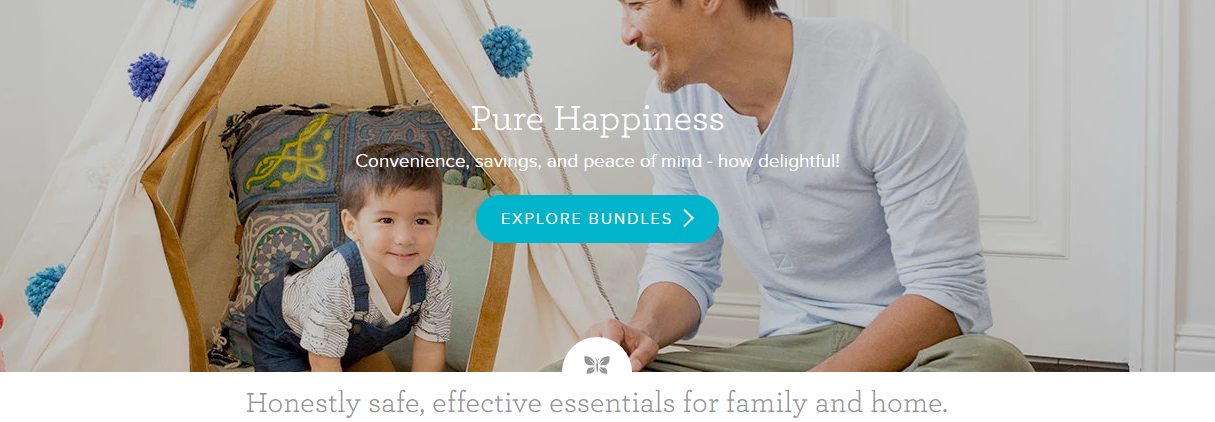
At the same time don’t forget that you have to have a story to tell before going about pasting the images. The key here is the story.
2. Authenticity: For visual content to work there's a big ‘no’ to cheesy stock footage
But what does visual storytelling entail?
It doesn’t end with inserting some stock photos from Getty Images or any similar site.
According to Pam Grossman, Director of Visual Trends at Getty Images, “Never before has the human race been better at spotting a fake. The viewer’s eye has become a lot more sophisticated, and what it wants—above all—is something real.”
The imagery that you use has to say something about your brand. Is the image thought provoking? Does it speak about your brand?
For example, the homepage at Williams-Sonoma shows the history of a brand, but doesn’t really speak of its tagline- “Celebrating the pleasures of cooking and entertaining”.
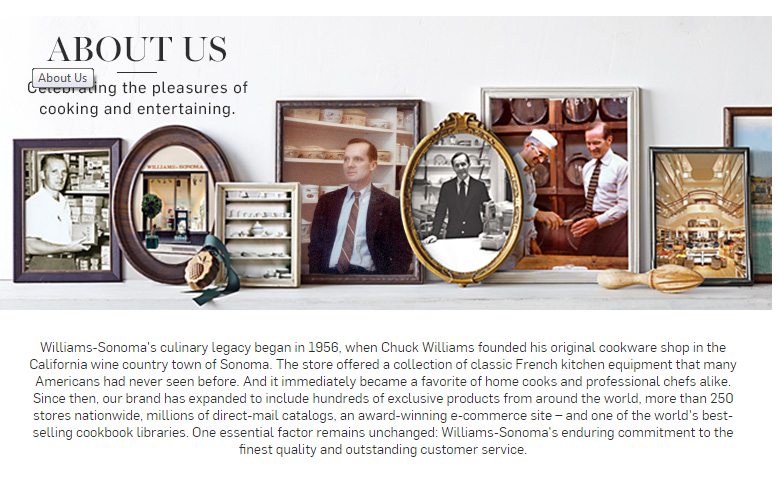
On the other hand, the homepage at Eventbrite employs visual imagery that is relatable. The next door guy image, along with a convenient division into sections displaying how you can interact with the service, makes the whole experience as something sincere and true.
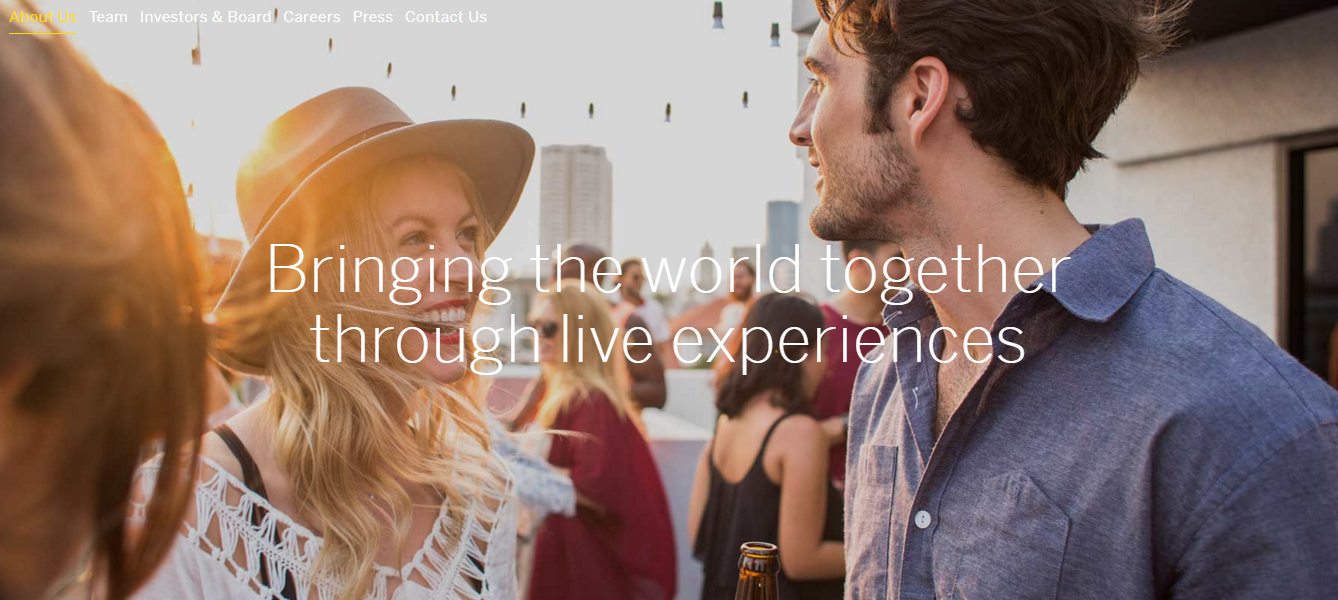
3. The images should be visually appealing
Again according to Pam Grossman, “The sweet spot happens when you find an image that taps into something ancient, timeless and universal, yet is incredibly contemporary.”
One of the major factors that determine how visually appealing the product is the product color.
Let us consider the research by Satyendra Singh from the University of Winnipeg—up to 90% of snap judgments made about products can be based on color alone. And with the constant barrage of social media content in front of consumers, a “snap” is often all that you get.
Color contrast— Contrasting different colors is imperative so that visitors are able to read your content and see the content properly. We always write with black ink on white paper.
This is done to provide the necessary contrast.
Use of different colors/multicolor—Different color combinations can present the data quite well. This especially works well with infographics and landing pages with multiple call to actions.
ThoughtWorks is very adept at visual storytelling. They have tons of images on their site from their events and even more videos.
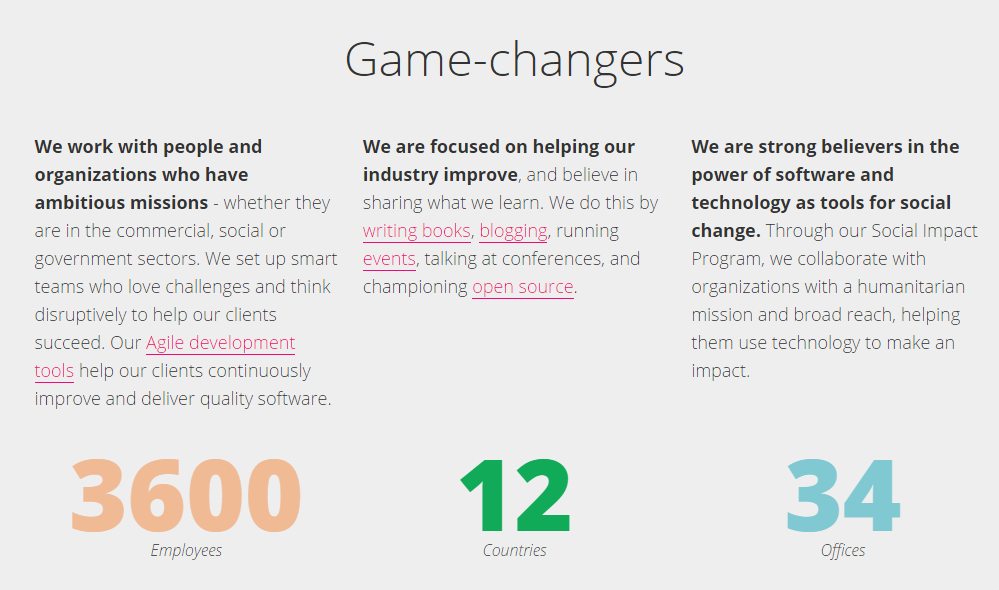
It would be saying less if I call the images as stunning.
4. Consistent theme throughout
Don’t forget where you began with visual storytelling. A consistent theme keeps the audience engaged and motivated to look and read further.
A consistent theme refers to using the similar styles and color choice to your images. This helps readers instantly connect to your images and recognize you as a brand.
The great example here would be CardinalHealth keeping their website’s style in white and red - the traditional colours for medical care and the appropriate visual content used to display their services.
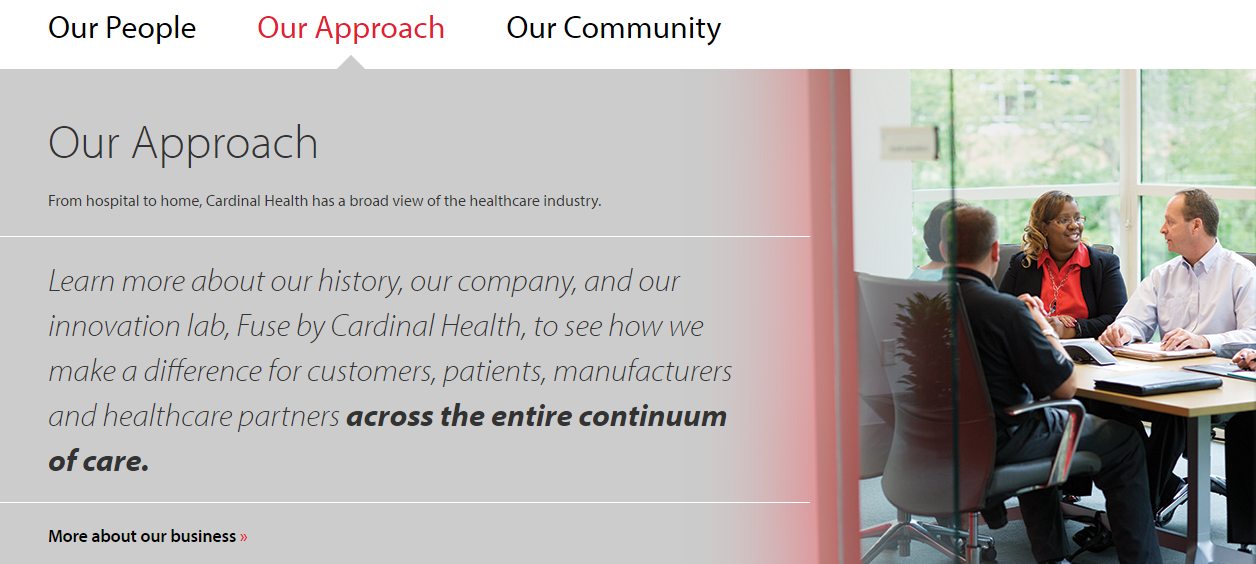
Concluding thoughts!
Visual storytelling is a powerful medium to convey what your brand is about and get more clicks and views for your content.
Use it in the best way possible to get traction for your brand.
